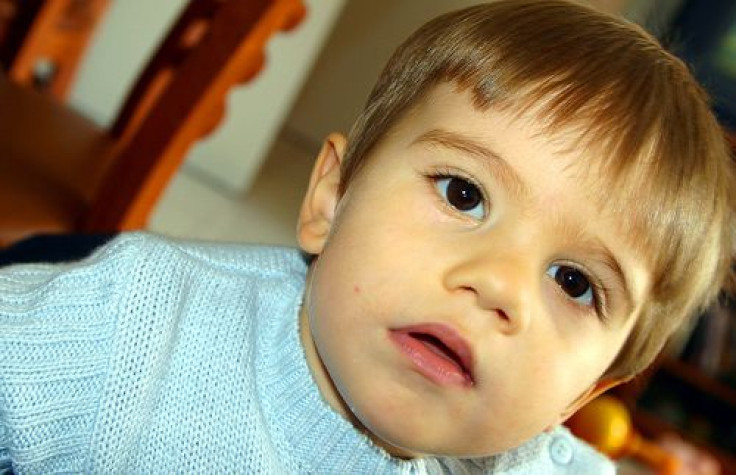‘Childhood Amnesia’ Causes Early Memories To Fade By Age 7: Where Does The Time Go?

Adolescence may hold some of the richest times in our youth, but earlier than that is usually a blur — a collection of splotchy, ill-formed moments that don’t tell a complete story. Researchers have known for years that before age 3, people’s memories break down. Sigmund Freud called it “childhood amnesia,” and now a study from Emory University claims that breakdown is complete by the time we hit our seventh birthday.
Reminiscing about the past is part of what makes the human experience so valuable. We delve into our pasts and dust off memories we haven’t visited in ages. But there are limits, of course. Our memories are imperfect. During childhood, experts suspect, the brain can make new memories but still lacks the architecture to store those memories for the long-haul.
“Knowing how autobiographical memory develops is critically important to understanding ourselves as psychic beings,” Emory psychologist and study leader Patricia Bauer said in a news release. “Remembering yourself in the past is how you know who you are today.”
To better understand how and when children forget certain memories, the researchers decided rather than ask the parents to probe their own children once, they’d track the children over multiple years themselves. They recruited 83 3-year-olds and had the parents ask about events that had happened in the last few months. Parents were encouraged to be open-minded when prompting their children about a particular moment. If the child drifted toward describing another event, the parents were supposed to ask about that event and elicit as many rich details as possible. “We asked the parents to speak as they normally would to their children,” Bauer said.
When the researchers checked back on the children years later, either when they were 5 to 7 years old or 8 and 9 years old, they found stark differences in how each group recalled their memories. While the 5- to 7-year-olds remembered 63 to 72 percent of their 3-year-old experiences, the older kids only remembered about 35 percent of the events.
But there was a caveat. The older group’s memories were more distinct and colorful compared to the younger group’s, which were scattered and random. Bauer and her colleagues suspected this may be the case because richer memories tend to stick around longer, and the older a child gets the easier it is to vocalize the abstract details of time and place. “You have to learn to use a calendar and understand the days of the week and the seasons,” Bauer explained. “You need to encode information about the physical location of the event. And you need development of a sense of self, an understanding that your perspective is different from that of someone else.”
These details, arguably, are much harder for a 5-year-old to capture than they are for a 9-year-old. After sifting through subjects’ ability to remember their past, the researchers eventually landed on age 7 as an approximation for when early memories begin to erode, making way for more concrete ones made later on. Bauer uses the analogy of a colander straining orzo to illustrate the phenomenon: During childhood, the colander’s holes are large, allowing the tiny, valuable bits to wash away with the large, unnecessary portion. But as we age, the holes grow smaller, and more of the important bits stay, until the colander becomes more of a net. The trick for science, as Bauer sees it, is figuring out when exactly that happens.
“We’d like to know more about when we trade in our colanders for a net,” she said. “Between the ages of 9 and 18 is largely a no-man’s land of our knowledge of how memory forms.”
Source: Bauer P, Larkina M. The onset of childhood amnesia in childhood: A prospective investigation of the course and determinants of forgetting of early-life events. Memory. 2013.



























